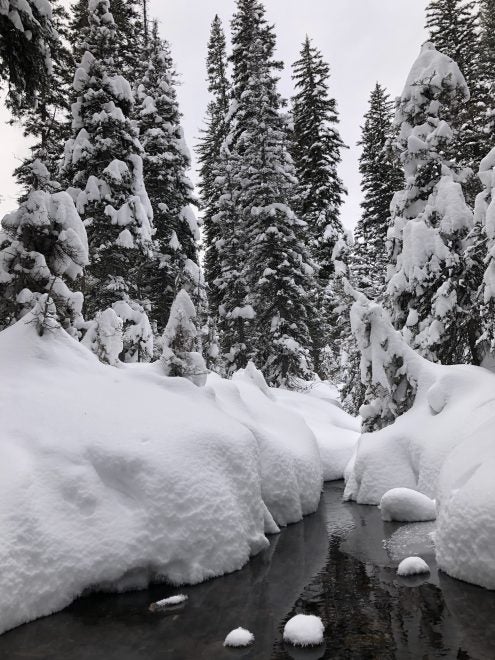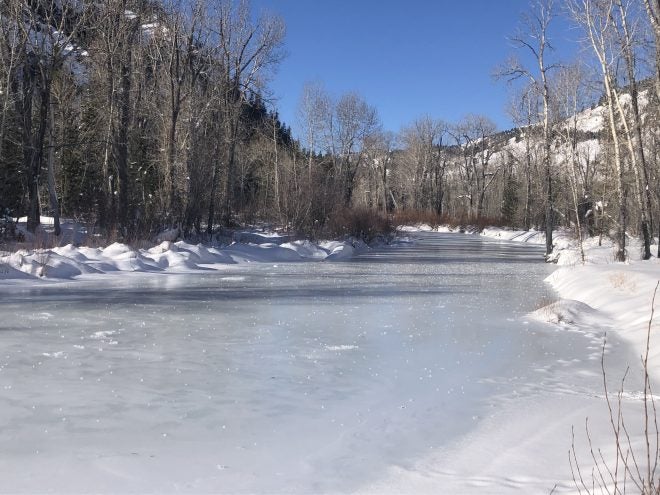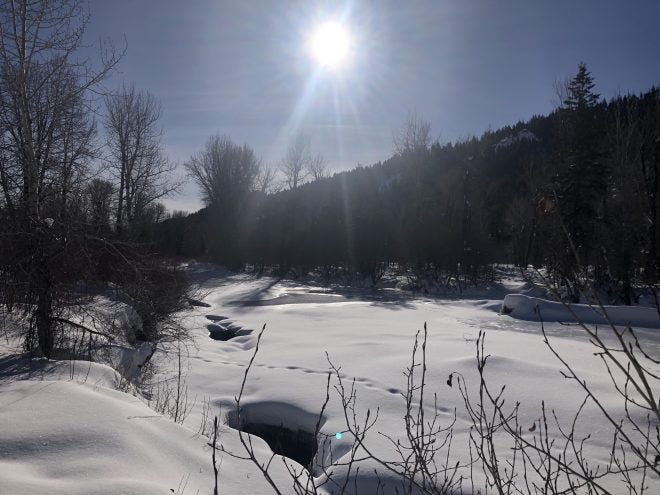Home On The Range #14: No Roads? Snow Problem With Nordic Skis
RusDs 01.29.21

Welcome back to our recurring series of “Home on the Range.” Here, we would like to share all of our experiences for those who may be homesteading, living off the land, hunting, farming, ranching, and truly investing in nature and the great outdoors. The ability to provide for yourself and your family can be tremendously rewarding and simultaneously difficult at times. So, in “Home on the Range” we want to share our different exploits so you can learn and hopefully we can receive your feedback along the way as well.
Plows? Where we’re going, we don’t need plows…
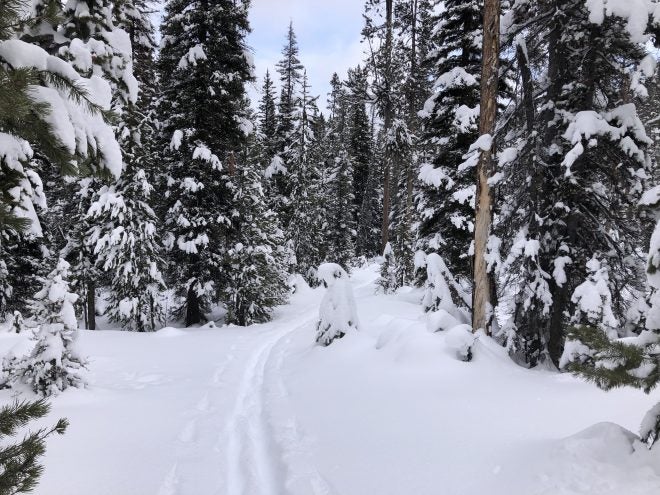
Those of you who live further north than 40 degrees latitude or at higher elevations know what I mean by “winter.” I don’t mean a few months of it being chilly with the occasional flurry. I mean 6-8 months of your world being defined by and covered with snow. Sure, its lots of fun in many ways. Everyone loves ice fishing, downhill skiing, snowboarding, sledding and so on. When it comes to the normal workweek on a farm, though, snow can seriously alter one’s mobility and can cause one to be a bit more sedentary than usual. Not only that, but one’s outdoor exercise and hunting access options become a bit more restricted in wintertime.
There is a very simple, ancient solution to all of this: Nordic skiing, also known as cross country skiing. Nordic skiing is an excellent form of both exercise and transportation in the winter. Like backcountry downhill skiing, once you get past the initial cost of equipment (and perhaps a few lessons), it hardly costs a thing besides a bit of wax every now and then. I’ve been Nordic skiing for pretty much my entire life. In my childhood, plow service was pretty lackluster, and there was more than one occasion when we all just grabbed our skis and kick-pole-glided into town for supplies during longer periods of foul weather. Nowadays, I do enjoy Nordic skiing for speedy wintertime transportation around the farm, into the backcountry, and for excellent winter exercise.
X-Country Equipment Basics
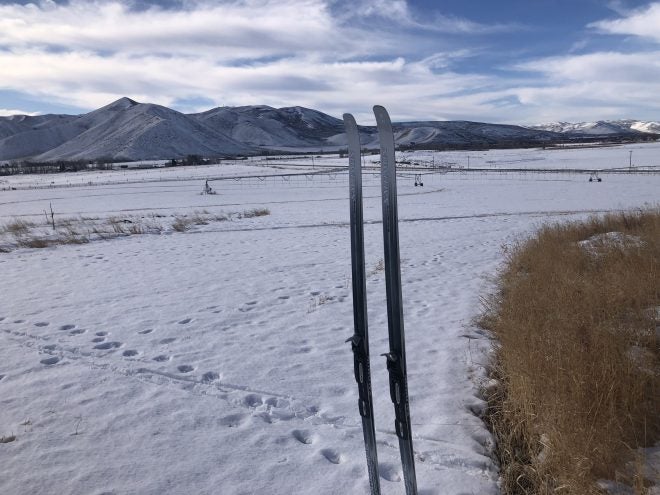
There’s two types of cross country skiing, “classic” and “skate.” Skate skiing is what one might see more often in olympic cross country skiing and biathlon competitions. Skate skiing works best with narrow, longer skis that the skier will skate along at rather high speeds with. The only problem is that skate skiing requires a well groomed course, something that you won’t encounter in the backcountry and rather impractical to implement around a farm. Classic skiing is done in a straightforward, in line motion. The main advantage of classic Nordic skiing is the ability to use wide “backcountry” style skis and warm, insulated boots in order to access areas that not even snowmobiles can get into and out of.
Bindings and boots used to be a hodgepodge of designs among different manufacturers. I recommend that anyone new to the sport should just invest in NNN (New Nordic Norm) style bindings and boots. Again, for hunting, farming, and backcountry exploration, there is no better ski and boot combo than the Backcountry, or BC style. A good BC ski will have a metal edge for better longevity, be 70mm or wider to provide flotation off track, and have some sort of texture in the middle to provide traction when unwaxed. As far as durability, my current pair has seen hard use for over a decade and are still going strong. I still have my original BC boots from when I bought the skis as well (though a recent chipmunk nesting incident has me looking for a new pair of boots, as the little critters tore up the inside of my boots a bit).
In the Woods and on the Farm
For me, there is no greater solitude than going deep into the woods with my BC skis. Far from the roads and groomed trails, when you are in the backcountry in the winter, you can have miles and miles of unspoiled solitude open to access. For even more extreme isolation, one can switch back and forth with snowshoes and BC skis to get up to remote mountain areas in the winter (do not attempt this unless you have avalanche safety skills, however). On the farm, I can easily get around everywhere I want to by skiing around. Recently, I had to go around the entire perimeter of my property to inspect for open gates after one of my neighbors had cattle get out and about. What would have been a post-holing, miserable slog in just boots was instead a pleasant morning cruising around in my skis. Hunting and ice fishing access can also be easier when using skis. My Canada goose hunting spot is inaccessible by motorized vehicle, and I much prefer to ski in and out of the area.
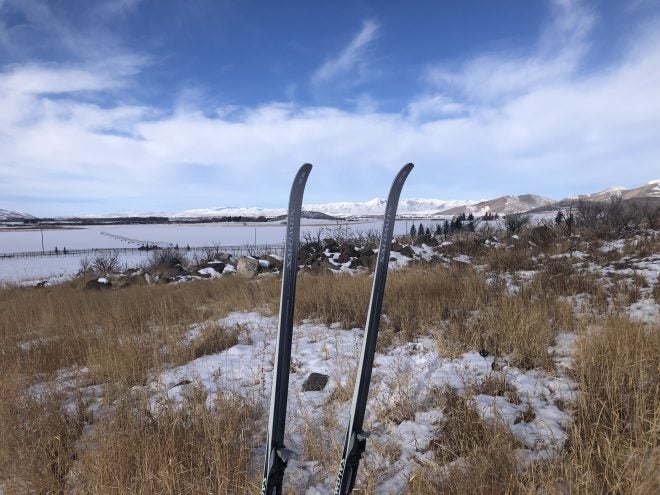
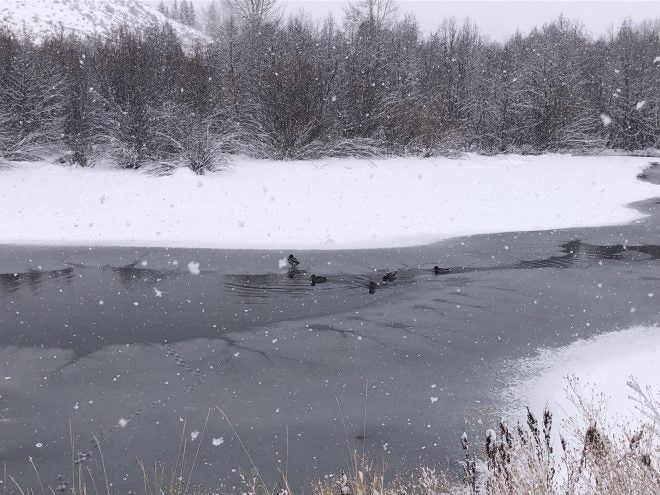
A Fun Way to Stay Fit
Lastly, Nordic skiing can burn a good deal of calories. You are using both your arms and legs to propel yourself along, and its a great way to get your heart rate up and keep your clothes fitting well throughout the winter. This is why as far as attire goes, I highly recommend dressing lightly, as one can overheat and sweat if one is dressed as if for downhill skiing. For nordic, I usually layer longjohns with a 3 season pant like KUIU’s Attack or Kutana and a light jacket and light gloves. Even if you are a bit cold at the start, you’ll warm up quickly by burning off the calories! If you are using the skis to get somewhere where you’ll sit still, as in a hunting or camping situation, bring your warmer layers in a good pack.
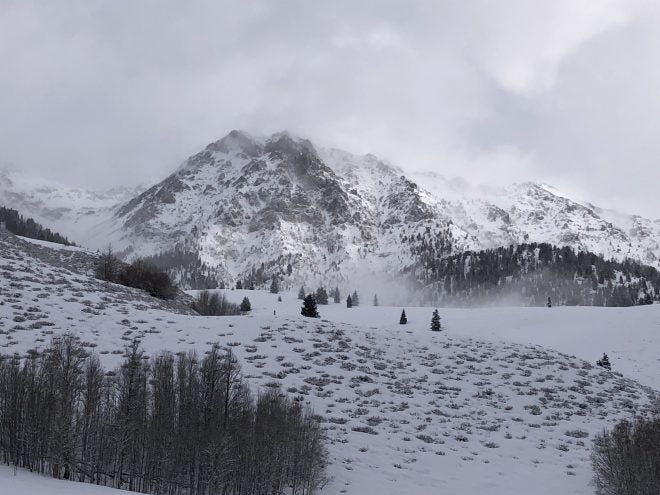
Overall, Nordic skiing can be a great way to get around and keep the weight off in the winter, as well as a good means of emergency transportation should the roads be heavily impacted. Once mastered, it is an excellent life skill to have. If you live somewhere which is snow covered more often than not, give nordic a try!
